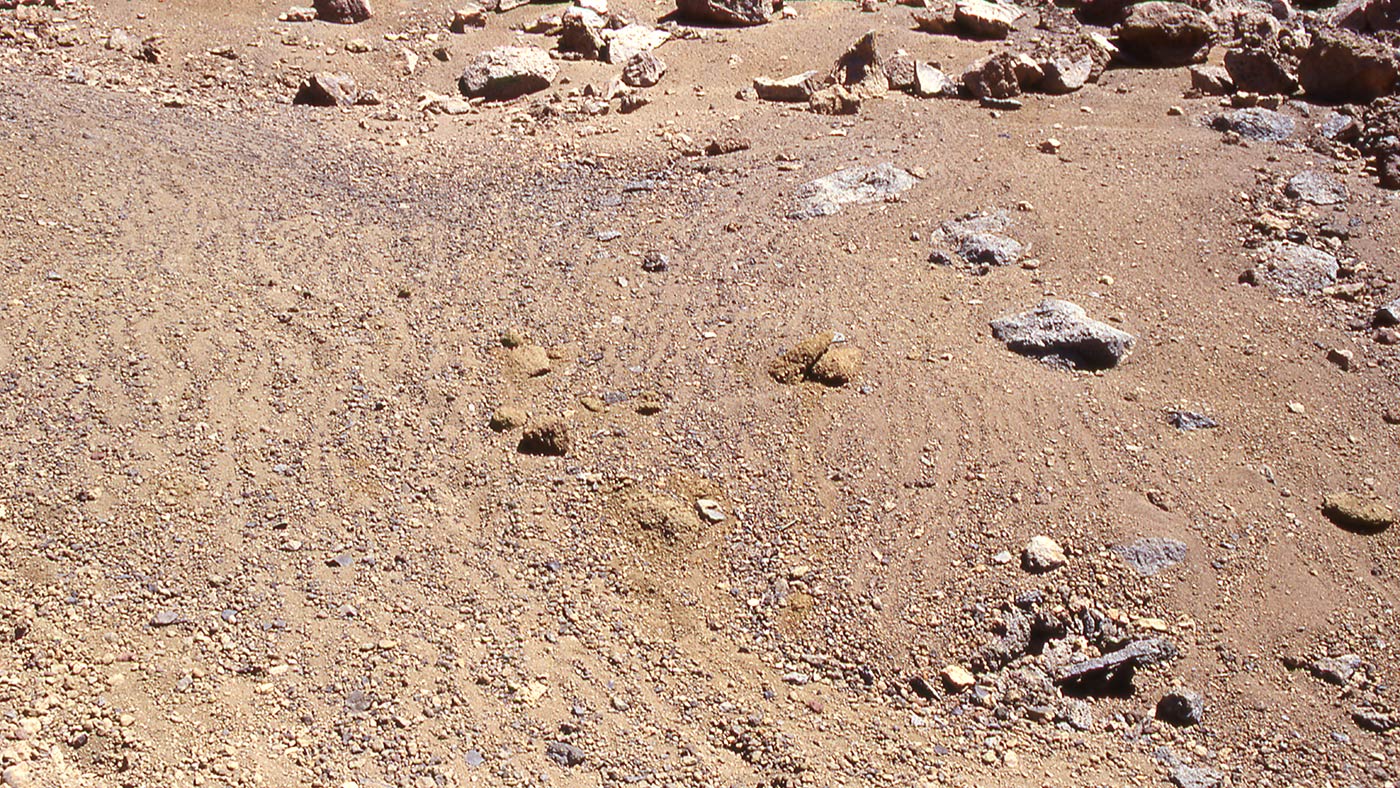Nasa's Opportunity rover captures 'surprising' Earth-like rock features on Mars
The features looked very similar to formations found on volcanic slopes in Hawaii, according to the space agency.

Weeks before celebrating its 5,000th day on Mars, Nasa's Opportunity rover captured something weird — a unique stripe-like rock pattern that looked similar to formations found on planet Earth.
The textured track was spotted by Opportunity when it looked at Perseverance Valley channel in Mars' Endeavour Crater from a distant vantage point.
"We already knew it was unlike any place any Mars rover has seen before, even if we don't yet know how it formed, and now we're seeing surfaces that look like stone stripes," Opportunity's deputy principal investigator, Ray Arvidson, said.
As depicted in the images sent back from the rover, the formations look like well-organised rows formed by a mixture of soil and gravel particles. The whole thing is extremely similar to stone stripes found on mountain slopes on Earth.
The space agency even shared a photo showcasing the similarities between Martian rock stripes and formations seen on the side of a volcanic cone on Mauna Kea, Hawaii.
On Earth, features like these usually form due to freezing and thawing of wet soil but the same cannot be said for the Red Planet as it is still unclear whether these patterns formed billion of years ago or more recently.
Arvidson suggests the stripes may have formed at a time when snowpacks collected on the planet. The packs would have "melted enough to moisten the soil, and then freeze-thaw cycles organised the small rocks into stripes", he added. "Gravitational downhill movement may be diffusing them so they don't look as crisp as when they were fresh."
That said, the mystery behind these weird rock stripes still remains unsolved. Scientists are entertaining multiple hypotheses behind the formation of these patterns and will use more data from future observation to find the actual answer.























